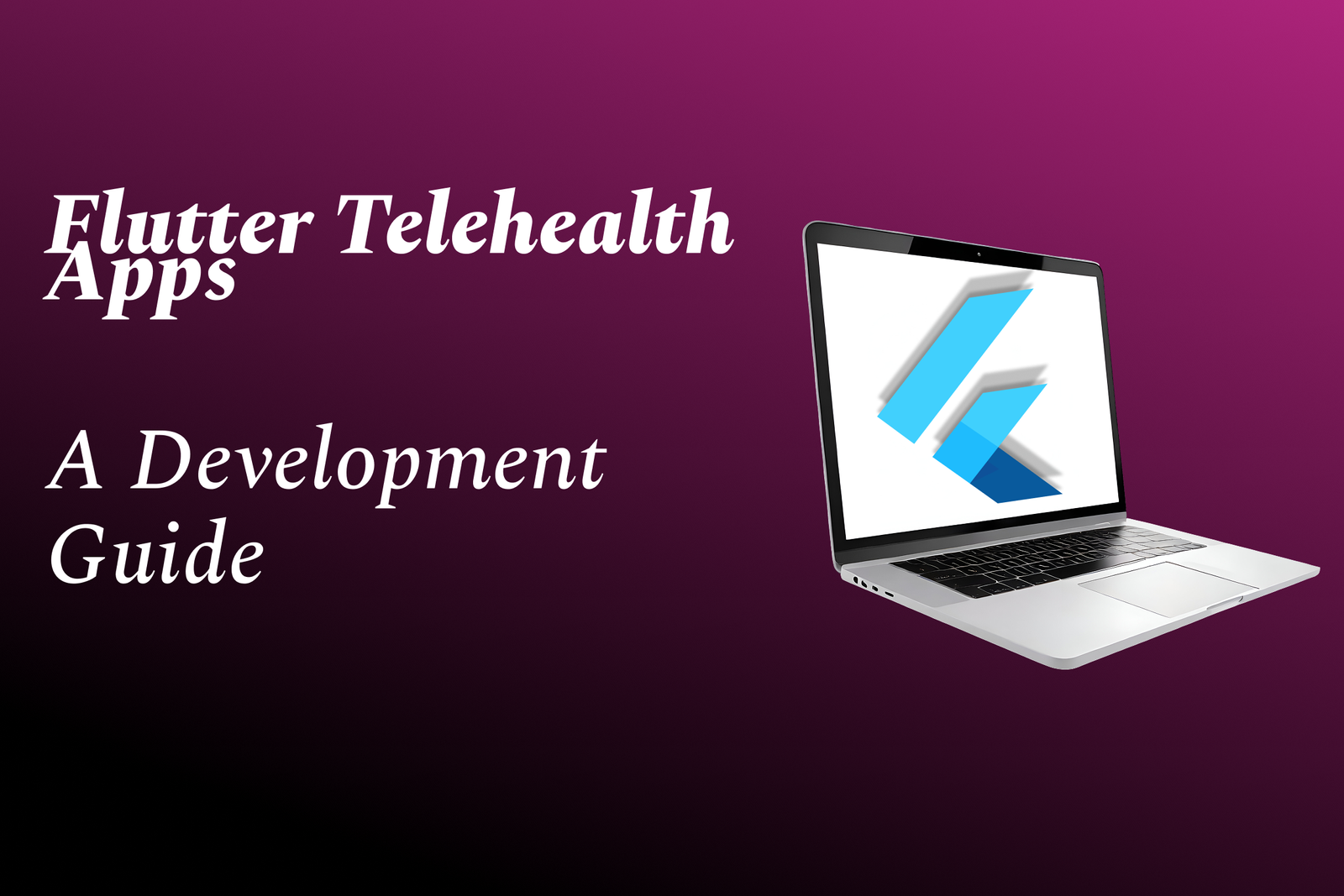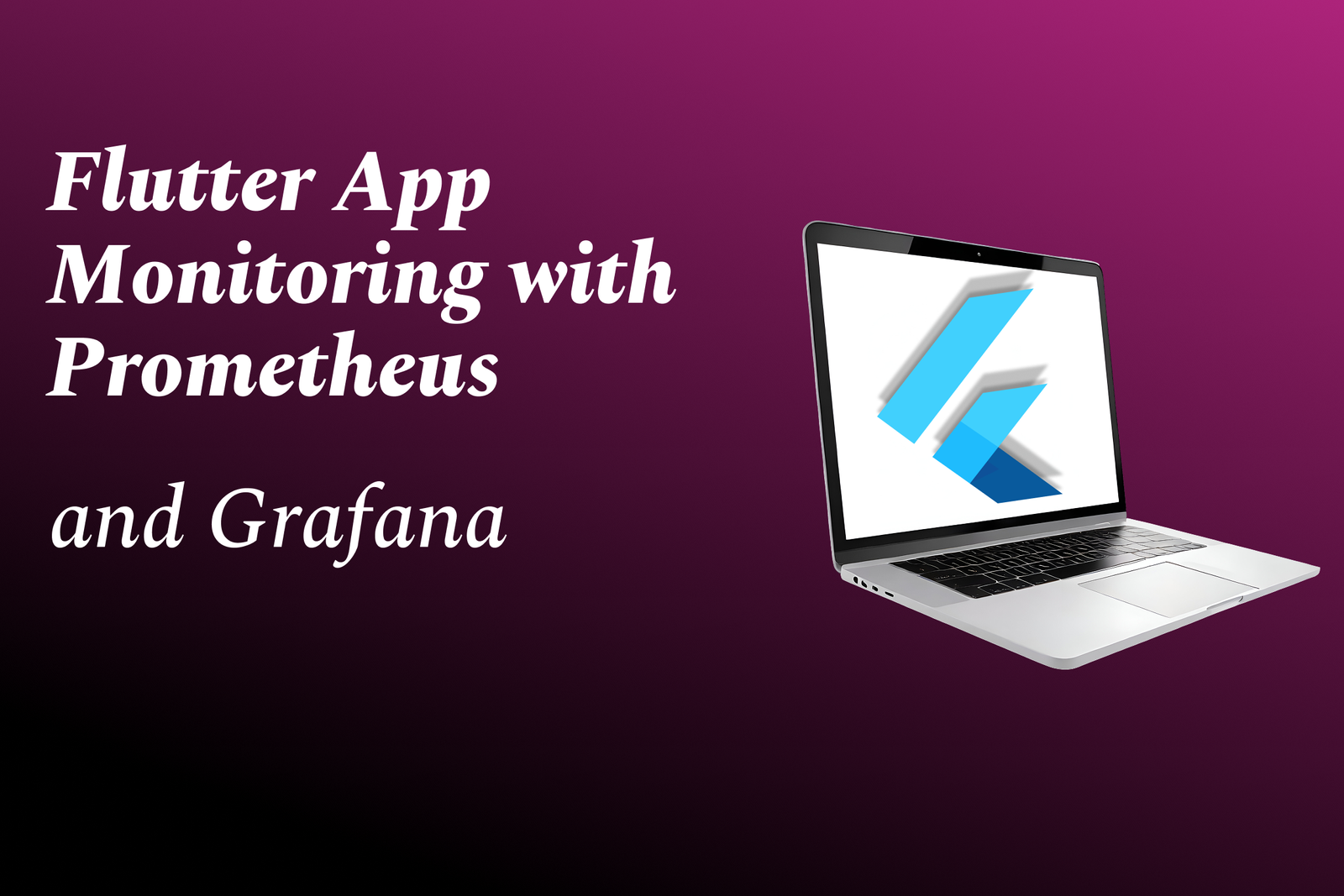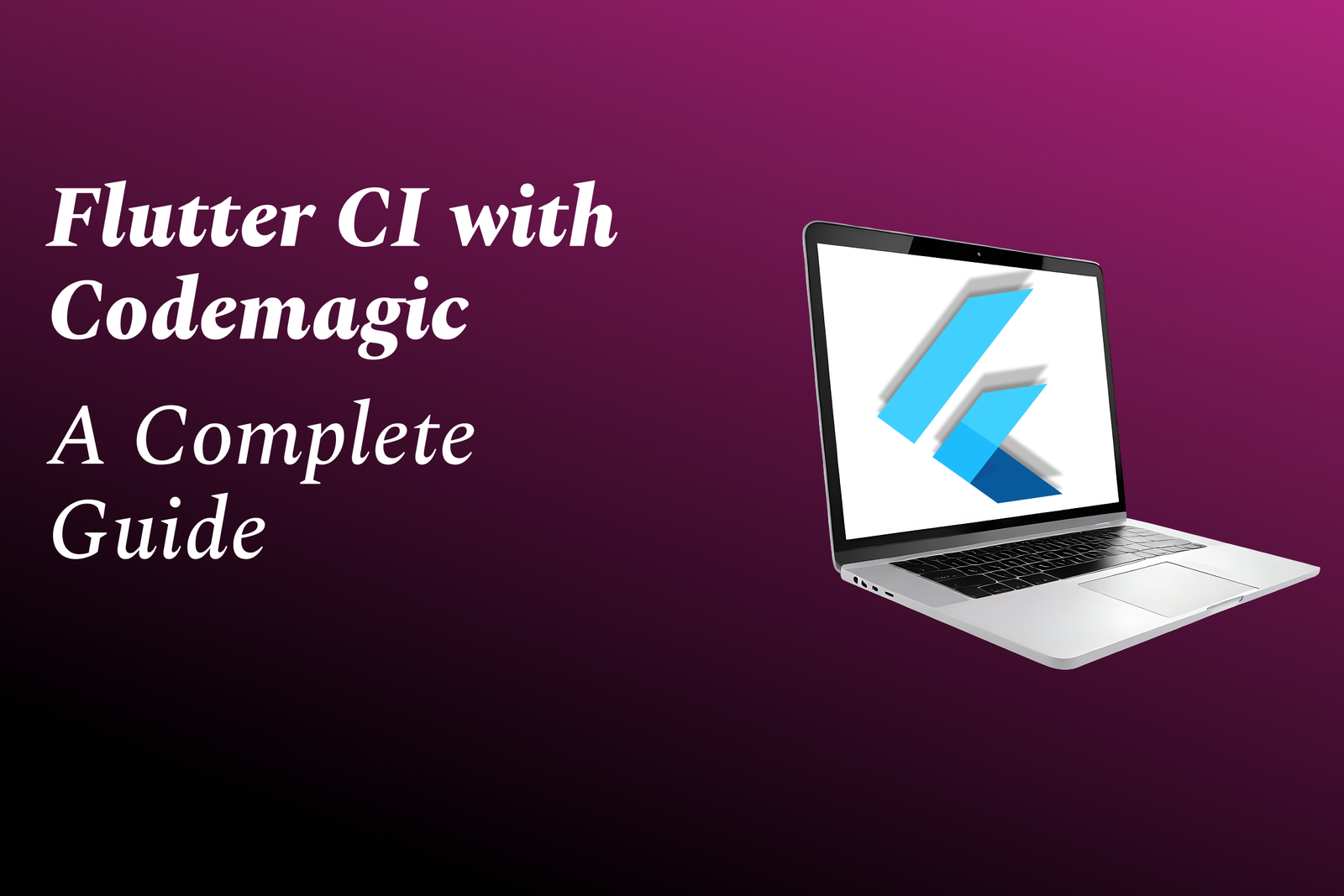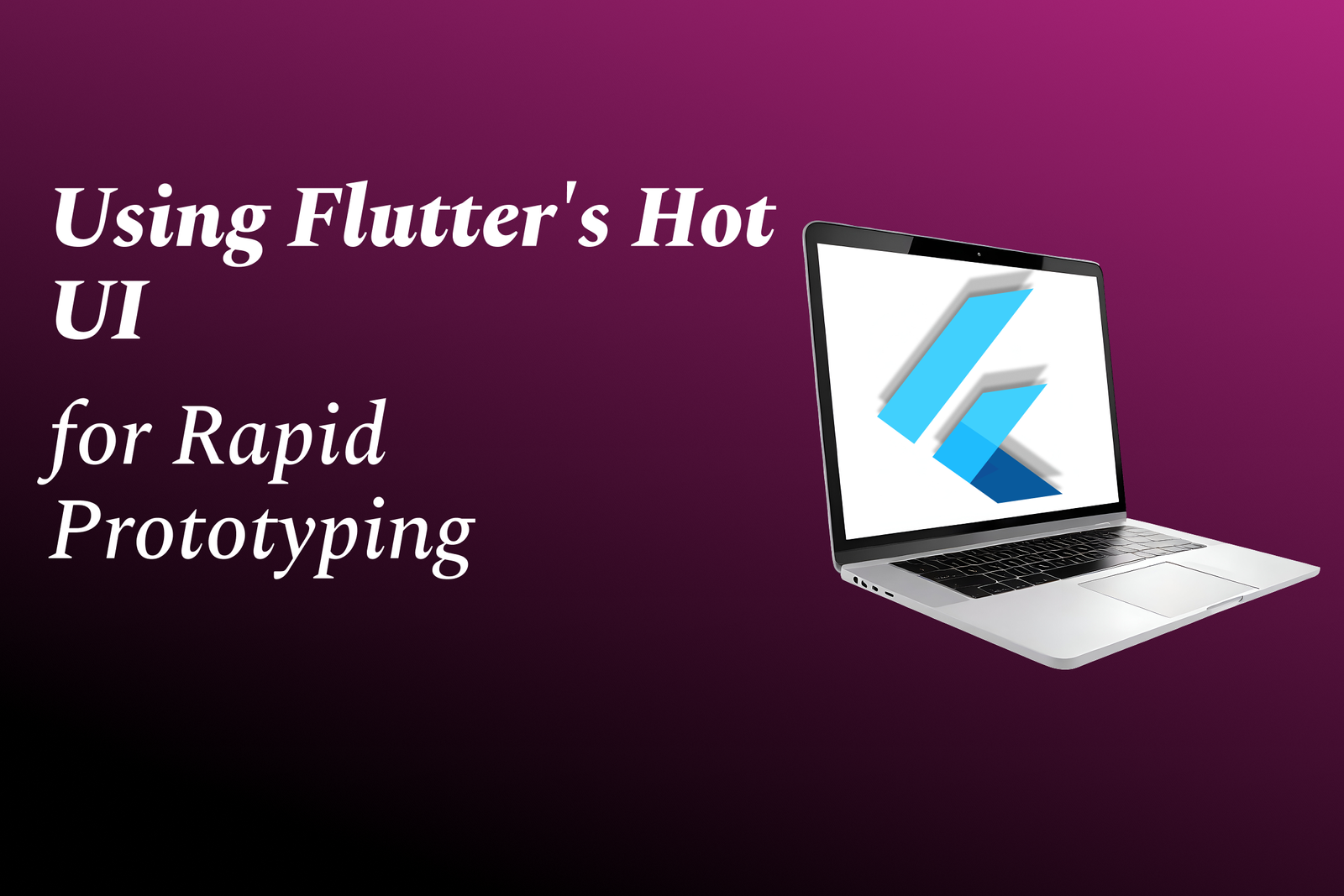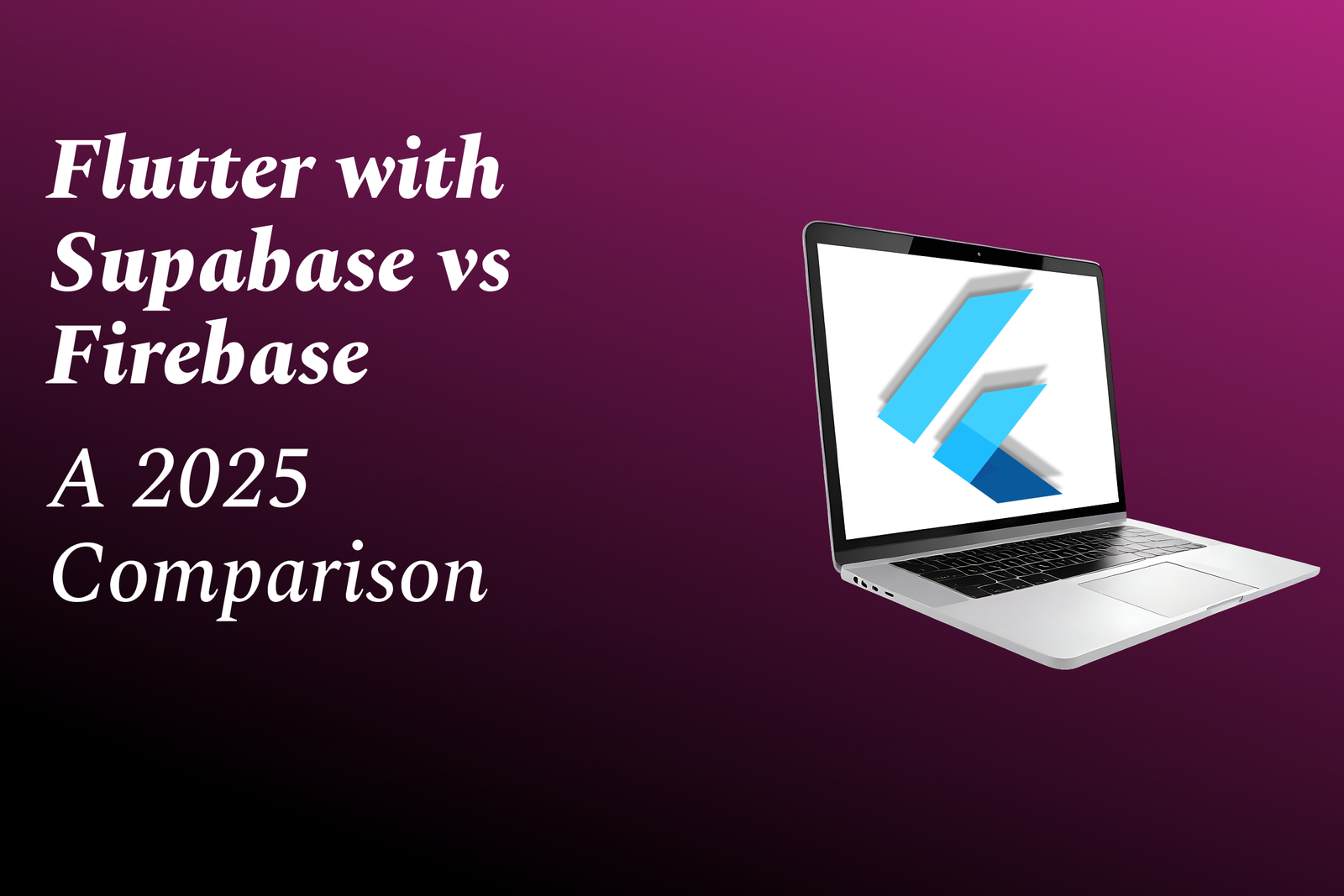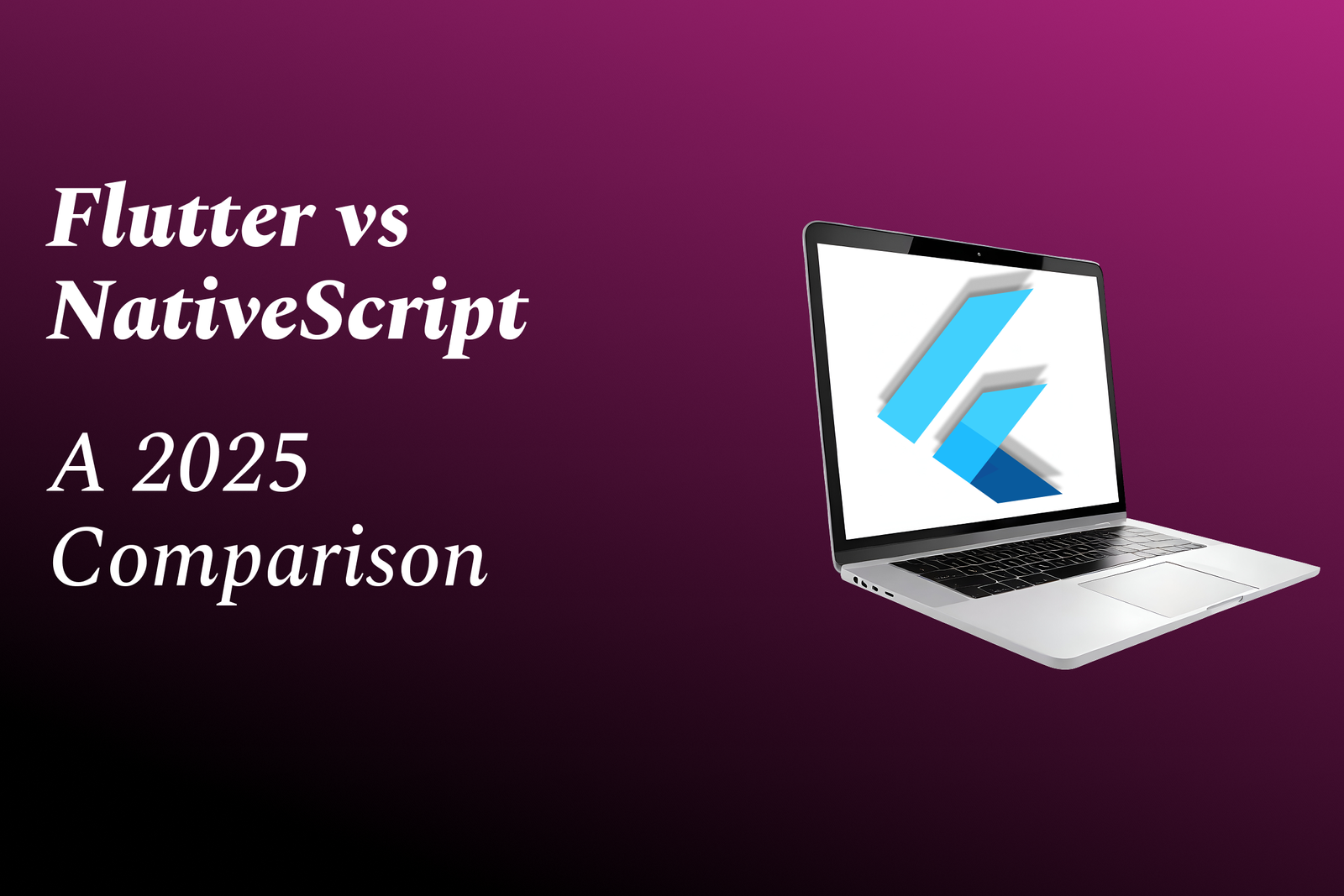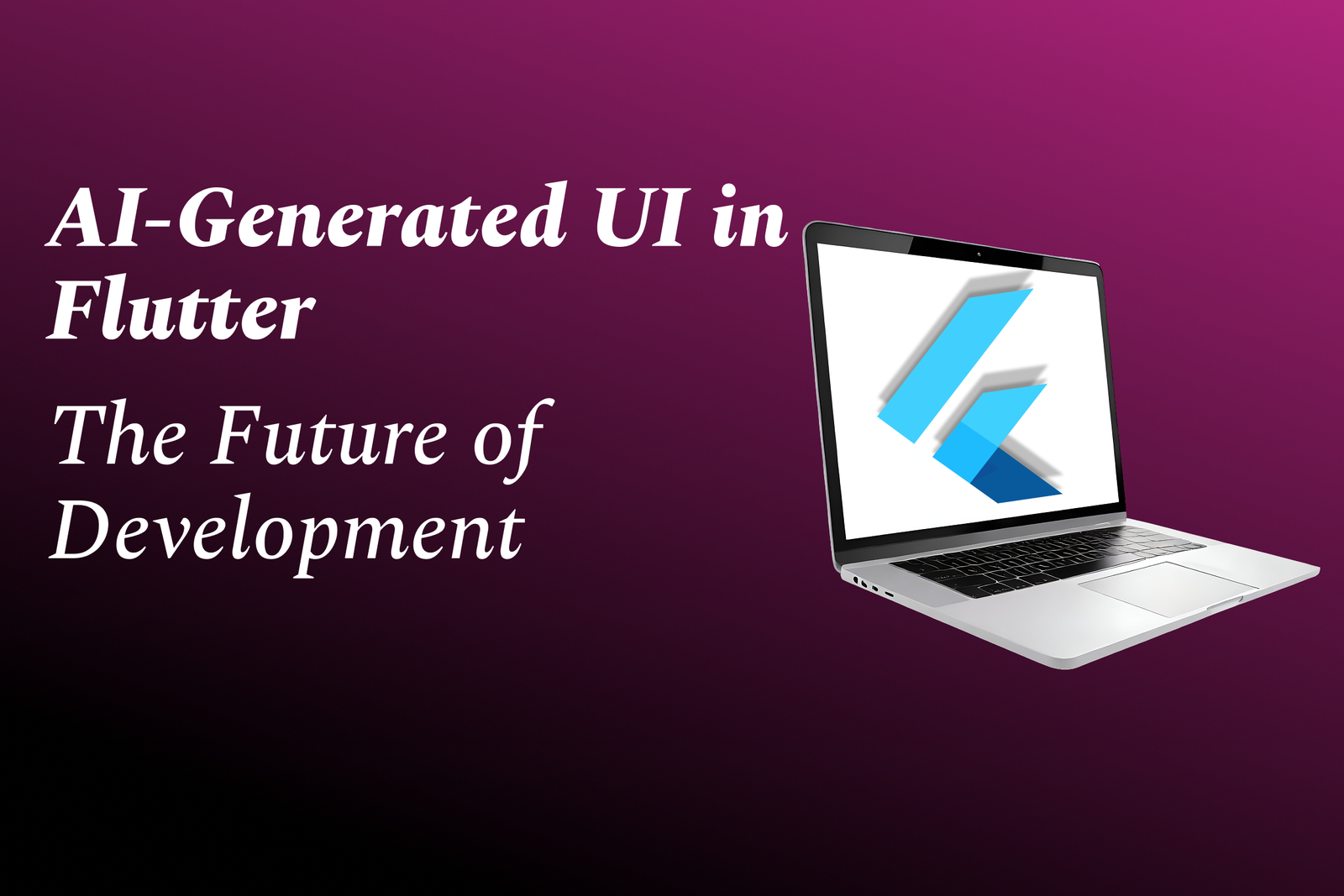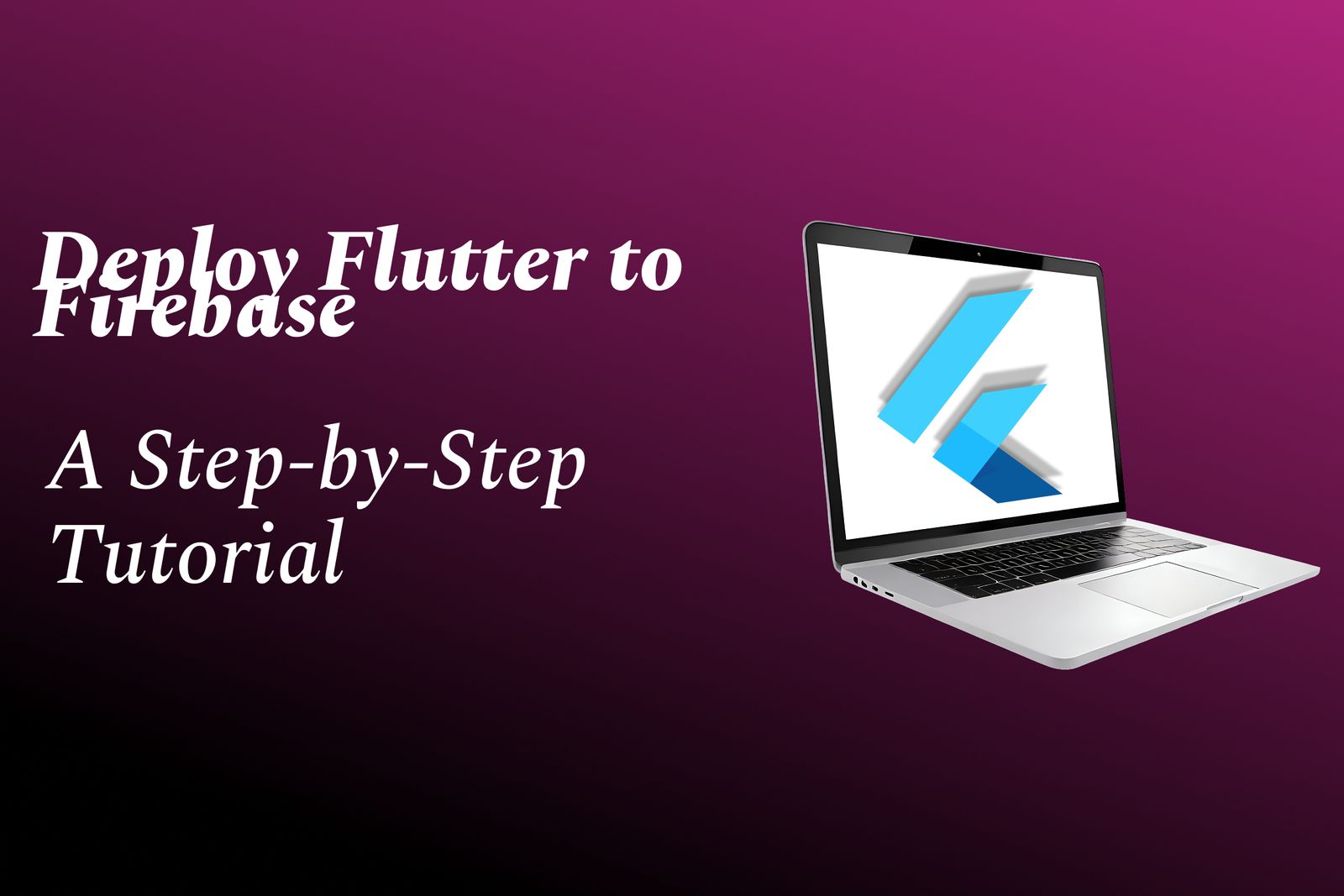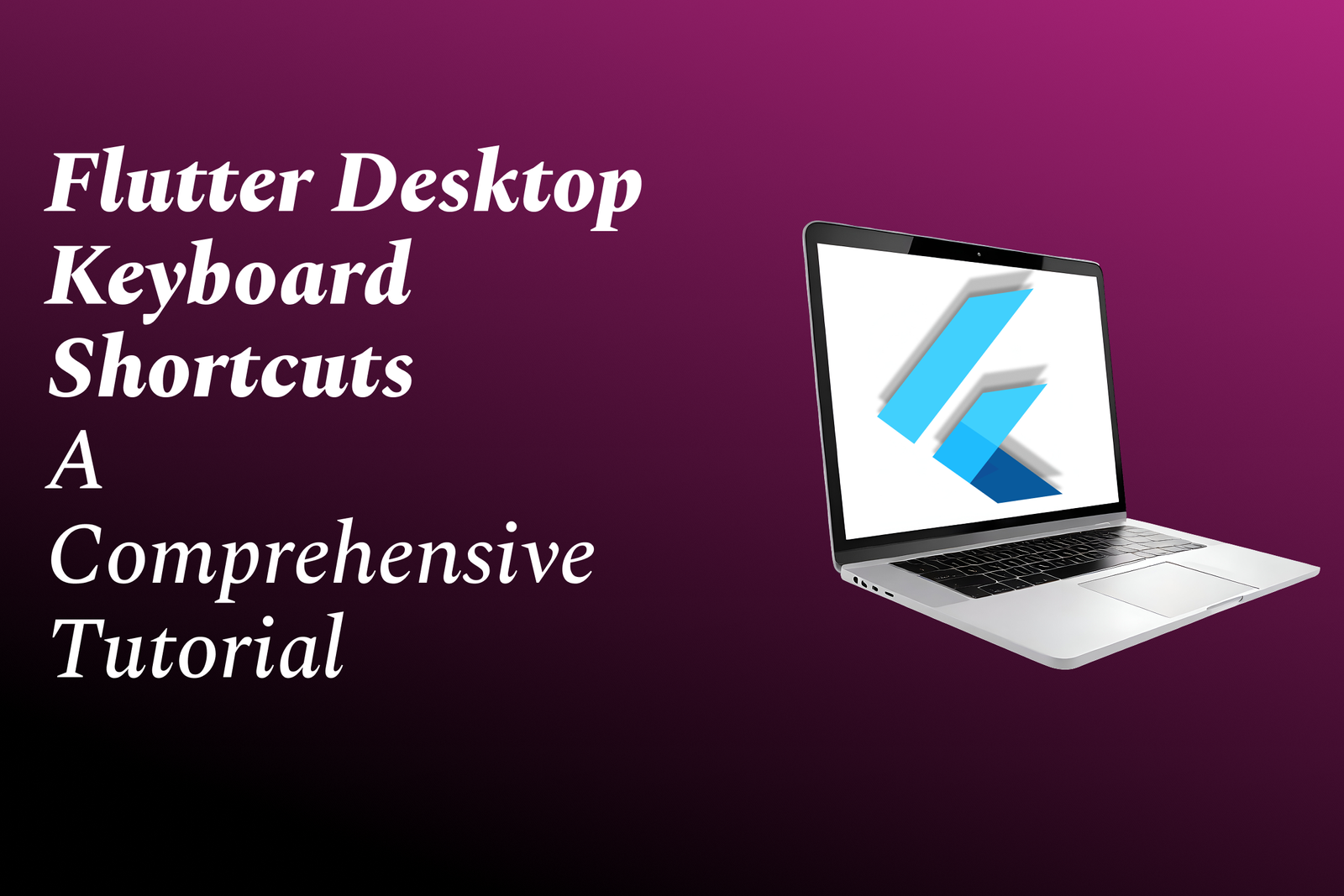Flutter Telehealth Apps: A Development Guide
Flutter Telehealth Apps: A Development Guide is a concise, practical roadmap for building secure, high-performance telemedicine solutions with Flutter, covering cross-platform UI, real-time video and chat, HIPAA-compliant data handling, EHR integration, offline resilience, and testing/deployment best practices. Designed for developers and healthcare teams, the guide focuses on hands-on implementation patterns and real-world considerations so you can deliver consistent patient portals, virtual consults, and remote-monitoring features faster and more cost-effectively. At JustAcademy, this guide is paired with live projects and certification to help learners apply concepts end-to-end.
Flutter Telehealth Apps: A Development Guide
Flutter Telehealth Apps: A Development Guide is a practical, hands-on resource that helps developers and healthcare teams build secure, high-performance telemedicine solutions faster by leveraging Flutter’s cross-platform UI and a single codebase. It focuses on real-world needs—real-time video and chat, patient data privacy and HIPAA-compliant storage, EHR integration, offline resilience, and robust testing/deployment patterns—so teams can deliver reliable virtual consults, patient portals, and remote monitoring features with fewer surprises. Paired with JustAcademy’s live projects and certification, the guide turns concepts into production-ready skills that accelerate time-to-market and reduce implementation risk.
To Download Our Brochure: **https://www.justacademy.co/download-brochure-for-free
**
Message us for more information: **https://api.whatsapp.com/send?phone=919987184296
**
Flutter Telehealth Apps: A Development Guide is a practical, hands on resource that helps developers and healthcare teams build secure, high performance telemedicine solutions faster by leveraging Flutter’s cross platform UI and a single codebase. It focuses on real world needs—real time video and chat, patient data privacy and HIPAA compliant storage, EHR integration, offline resilience, and robust testing/deployment patterns—so teams can deliver reliable virtual consults, patient portals, and remote monitoring features with fewer surprises. Paired with JustAcademy’s live projects and certification, the guide turns concepts into production ready skills that accelerate time to market and reduce implementation risk.
Course Overview
JustAcademy's Flutter Telehealth Apps: A Development Guide teaches building secure, HIPAA-aware cross-platform telemedicine apps with real-time video/chat, patient data handling, EHR integration, offline resilience, testing, deployment, live projects, and certification.
Course Description
JustAcademy's Flutter Telehealth Apps: A Development Guide teaches developers to build HIPAA-aware, cross-platform telemedicine apps with real-time video/chat, secure patient data handling, EHR integration, offline resilience, testing, deployment, and hands-on projects for certification.
Key Features
1 - Comprehensive Tool Coverage: Provides hands-on training with a range of industry-standard testing tools, including Selenium, JIRA, LoadRunner, and TestRail.
2) Practical Exercises: Features real-world exercises and case studies to apply tools in various testing scenarios.
3) Interactive Learning: Includes interactive sessions with industry experts for personalized feedback and guidance.
4) Detailed Tutorials: Offers extensive tutorials and documentation on tool functionalities and best practices.
5) Advanced Techniques: Covers both fundamental and advanced techniques for using testing tools effectively.
6) Data Visualization: Integrates tools for visualizing test metrics and results, enhancing data interpretation and decision-making.
7) Tool Integration: Teaches how to integrate testing tools into the software development lifecycle for streamlined workflows.
8) Project-Based Learning: Focuses on project-based learning to build practical skills and create a portfolio of completed tasks.
9) Career Support: Provides resources and support for applying learned skills to real-world job scenarios, including resume building and interview preparation.
10) Up-to-Date Content: Ensures that course materials reflect the latest industry standards and tool updates.
Benefits of taking our course
Functional Tools
1 - Flutter SDK and Dart language
Core tools for the course that students use to build cross platform telehealth apps from a single codebase and learn idiomatic Dart programming. The training covers SDK installation, version management, null safety, and package publishing so students can reproduce professional setups. Hands on labs teach widget composition, asynchronous programming with Futures/Streams, and performance considerations specific to mobile and web telehealth clients. Students complete guided modules that result in deployable Flutter apps demonstrating video visits, secure messaging, and patient dashboards. Course instructors provide starter templates, coding standards, and milestone checkpoints to support student progress.
2) Visual Studio Code and Android Studio (IDEs)
Primary development environments taught to students for efficient Flutter development including debugging, hot reload, and emulator management. Training shows how to configure extensions, emulator/device pairing, and platform specific debugging for Android and iOS in reproducible lab exercises. Students practice integrating linting, formatters, and Git workflows within the IDE to mirror industry workflows. Step by step lessons include setting up emulators, managing SDK paths, and troubleshooting common platform build issues. Instructor led sessions demonstrate productivity features and extension packs relevant to telehealth features.
3) Git and GitHub (version control and collaboration)
Essential tools for collaborative projects and code management that students use to learn branching, pull requests, and code review workflows. The program emphasizes commit hygiene, semantic commits, protected branches, and merge strategies used in professional teams. Students participate in group projects hosted on GitHub, learning issue tracking, CI triggers, and release tagging to simulate real product cycles. Automated lab exercises require students to resolve merge conflicts, write clear PR descriptions, and implement basic CI checks. Course materials include templates for CONTRIBUTING.md and PR review checklists to guide students.
4) Firebase (Auth, Firestore, Storage, Cloud Functions)
A managed backend platform introduced to students for rapid prototyping of secure auth, real time data, file storage, and serverless logic. Training modules cover Firebase Authentication flows for email, Google/Apple sign in, and anonymous login tailored to patient/provider scenarios. Students implement Firestore data models for appointments, messages, and clinical notes with rules enforcing role based access and privacy constraints. Cloud Functions lessons teach event driven workflows such as appointment reminders, HIPAA aware logging, and scheduled background tasks. Labs include provisioning, security rules testing, and integrating Firebase with Flutter through official packages.
5) Real time communication SDKs (Agora, Jitsi, Twilio, WebRTC)
Tools that power audio/video conferencing and real time messaging are demonstrated so students can implement teleconsultation features. The curriculum compares hosted SDKs (Agora, Twilio) with open source WebRTC approaches and shows trade offs for latency, scalability, and compliance. Practical labs guide students through token based authentication, adaptive bitrate, multi party rooms, and screen sharing integration within Flutter apps. Students build end to end video visit flows including camera permissions, network resilience, and recording considerations. Lessons emphasize secure media transmission and anonymized logging for training safe demos.
6) State management libraries (Bloc, Provider, Riverpod, GetX)
Patterns and libraries taught to help students architect predictable, testable application state across UI, network, and real time streams. Training covers choosing the right approach for telehealth scenarios like multi screen flows, offline caching, and session lifecycles. Hands on exercises implement Bloc for complex flows, Provider for lightweight scenarios, and Riverpod for modular dependency injection so students can compare maintainability and testability. Unit and widget tests accompany state examples to reinforce best practices. Students receive architecture templates and refactoring labs for converting between patterns.
7) UI/UX design and prototyping (Figma, Adobe XD, Zeplin)
Design tools used in the course to teach students how to prototype accessible, patient centered interfaces and export assets for Flutter. Lessons include building low and high fidelity mockups for appointment flows, triage screens, and clinician dashboards with emphasis on clarity and usability. Students learn handoff practices, component naming, and creating responsive layouts that map to Flutter widgets. Design critique sessions simulate product reviews and train students to iterate based on user feedback and accessibility audits. Instructors provide Figma kits, color/accessibility checks, and export best practices for developers.
8) Backend APIs and API testing (REST, GraphQL, Postman, Insomnia)
API design, documentation, and testing tools are taught so students can consume and build robust backend services for telehealth features. The curriculum covers RESTful conventions, GraphQL fundamentals, pagination, error handling, and versioning strategies relevant to patient data exchange. Postman and Insomnia labs train students to mock endpoints, run automated test collections, and validate security headers and CORS behaviors. Students implement Flutter network layers with retrofit/dio or graphql_flutter and practice resiliency patterns like retries and circuit breakers. Lessons include producing OpenAPI/Swagger specs and generating client code for consistent integrations.
9) Local storage and mobile databases (SQLite, Hive, Drift/Moor)
Tools for persisting offline data, caching patient information, and enabling intermittent connectivity are covered in depth. Training shows when to choose lightweight key value stores like Hive versus relational solutions like SQLite and Drift based on query needs. Students implement encrypted local storage patterns, sync strategies, and conflict resolution workflows for appointment and messaging data. Labs include migration handling, schema versioning, and benchmarking read/write performance on devices. Best practices for minimizing PHI on device and secure backups are emphasized.
10) secure storage and encryption (flutter_secure_storage, crypto, KeyStore/Keychain)
Security focused libraries taught to students for protecting credentials, tokens, and sensitive data on device and in transit. The program covers platform specific secure storage mechanisms (Android KeyStore, iOS Keychain) and how Flutter packages provide unified APIs for developers. Lessons include symmetric/asymmetric encryption, proper key lifecycle management, and secure key derivation for storing session secrets. Students practice implementing end to end encryption patterns for messaging and learn how to rotate keys safely during updates. Compliance oriented labs stress minimizing local PHI and audit logging for training projects.
11 - Authentication and identity (OAuth2, OpenID Connect, Firebase Auth, JWT)
Identity flows and token management are core topics so students can implement secure sign in and role based access in telehealth apps. Training covers OAuth2 authorization code flows, refresh token handling, and how to securely store and renew JWTs. Students practice integrating federated sign ins (Google, Apple) and building secure logout and session expiration behavior that fits clinical workflows. Lessons demonstrate server side validation of tokens and mitigations for common token related vulnerabilities. Role simulation labs let students test patient, clinician, and admin access boundaries.
12) Payment and billing integrations (Stripe, Braintree, Razorpay)
Modules on in app payments and billing prepare students to prototype paid telehealth consults, subscriptions, and invoicing flows. The course demonstrates PCI scope minimization techniques using hosted checkout and tokenized payment methods to protect patient financial data. Students wire up Stripe test environments, implement receipts, and design consent flows that align with billing regulations. Labs include handling edge cases like refunds, failed charges, and reconciliation with backend records. Emphasis is placed on separating payment capture from clinical records to preserve privacy.
13) Scheduling and calendar APIs (Google Calendar API, iCal integration)
Scheduling tools teach students to implement appointment booking, reminders, and calendar synchronization for clinicians and patients. Practical exercises integrate with Google Calendar APIs, generate interoperable iCal invites, and manage timezone aware scheduling complexities. Lessons include conflict detection, buffer times, recurring appointments, and cancellation flows that map to real clinic operations. Students build notification triggers and server side cron or scheduler functions to send reminders and follow up tasks. Testing scenarios cover daylight saving transitions and cross timezone UX.
14) Push notifications and messaging (Firebase Cloud Messaging, OneSignal, Twilio SMS)
Real time alerting and messaging are covered so students can implement visit reminders, secure chat, and emergency notifications. Training highlights best practices for privacy when sending notifications and how to avoid exposing PHI in push payloads. Students set up FCM for device targeting, implement topic based subscriptions, and handle background message routing in Flutter. SMS gateway integrations with Twilio teach appointment confirmations and two factor flows for higher assurance. Labs include message throttling, retry strategies, and analytics for delivery success.
15) Analytics and monitoring (Firebase Analytics, Mixpanel, Sentry, Crashlytics)
Tools for collecting usage metrics, monitoring crashes, and understanding user engagement are essential topics for product driven training. Instruction covers defining event taxonomies for patient journeys, clinician workflows, and feature adoption metrics relevant to telehealth outcomes. Students integrate SDKs to capture screen flows, feature usage, and custom events while learning GDPR/consent implications for telemetry. Monitoring lessons teach error grouping, stack traces, and performance alerting so students can triage issues in staging and production. Course labs include building dashboards and defining KPIs for capstone projects.
16) Testing frameworks and QA (unit/widget/integration tests, Mockito, integration_test)
Comprehensive testing practices are taught so students can deliver reliable telehealth functionality with confidence. The curriculum covers unit testing for business logic, widget tests for UI components, and integration tests that exercise end to end flows including camera and network interactions. Students use Mockito and test doubles to simulate backend responses, real time events, and edge conditions like poor connectivity. Continuous testing pipelines are configured to run tests automatically on PRs, enforcing quality gates before merges. Hands on labs require writing test suites for appointment booking, video sessions, and secure messaging features.
17) CI/CD and Flutter specific pipelines (Codemagic, GitHub Actions, Fastlane)
Automation tools are demonstrated to teach students how to build, sign, and deploy Flutter apps across app stores and internal distribution channels. Training includes configuring Codemagic or GitHub Actions workflows for matrix builds (Android/iOS/web), running tests, and producing artifacts. Fastlane lessons show automated provisioning, code signing, and beta distribution to testers using TestFlight or Firebase App Distribution. Students learn how to manage secrets in CI, increment versions, and create reproducible release pipelines for medical software. Practical labs culminate in students publishing a demo build to a private test group.
18) Performance and profiling tools (Dart DevTools, Flutter Inspector, Observatory)
Performance optimization training ensures students can diagnose jank, memory leaks, and excessive rebuilds common in complex telehealth UIs. Modules teach using Dart DevTools to inspect widget rebuilds, CPU profiles, and memory allocation during live video sessions and large message volumes. Students run profiling scenarios on emulators and real devices to measure startup time, frame drops during camera usage, and network latency impacts. Lessons include optimization patterns such as widget const constructors, effective list virtualization, and image decoding strategies. Labs ask students to produce before/after performance reports to demonstrate improvements.
19) API documentation and schema tools (OpenAPI/Swagger, GraphQL Playground)
Documentation tooling is covered so students can design clear, discoverable APIs for interoperability with EHRs, scheduling systems, and analytics platforms. Training shows generating OpenAPI specs, hosting Swagger UI, and using GraphQL schemas with introspection to speed developer onboarding. Students practice contract first development, producing mock servers and client code generation to reduce integration friction. Lessons emphasize versioning policies, backward compatibility, and how to expose minimal PHI through public endpoints. Collaborative exercises require students to consume third party APIs and reconcile schema differences.
20) Interoperability standards and clinical data tools (FHIR, HL7 basics, SMART on FHIR)
Course modules introduce healthcare interoperability standards so students can design apps that exchange clinical data safely and predictably. Training covers core FHIR resources (Patient, Observation, Appointment, DocumentReference) and how to map app models to FHIR representations. Students learn SMART on FHIR authorization, practical API interactions with sanitized demo servers, and constraints for telemetry and vital sign data. Labs include converting appointment and clinical note data into FHIR bundles and retrieving synthetic patient records for UI prototyping. Emphasis is placed on avoiding real PHI in training while simulating realistic EHR workflows.
21 - Accessibility and localization tools (intl, flutter_localizations, a11y testing)
Accessibility and multi language support are taught so students can build inclusive telehealth apps for diverse patient populations. Lessons include implementing localized strings, RTL support, scalable fonts, and semantic labels for screen readers using flutter_localizations and intl. Students perform accessibility audits, simulate assistive technologies, and fix contrast and focus order issues identified in tests. Labs require building language switchers, pluralization rules, and verifying usable keyboard navigation for web targets. Instructors provide checklists and automated accessibility tests to incorporate into CI.
22) Logging, observability, and privacy preserving telemetry (logger, structured logging, differential privacy)
Students learn structured logging and observability practices that balance operational insight with patient privacy requirements. The course shows how to instrument events with contextual metadata, mask PHI, and set retention policies compliant with training environments. Labs teach integrating logs with Sentry or backend ELK stacks and configuring sampling to keep telemetry costs manageable. Students practice creating dashboards for error rates, latency, and feature usage while ensuring no sensitive data is stored unintentionally. Guidance is provided on anonymization, consent, and data minimization strategies.
23) UI component libraries and animations (Material, Cupertino, Lottie, Flutter packages)
Tooling for polished user interfaces is demonstrated so students can deliver smooth, professional experiences matching platform conventions. Training covers Material and Cupertino widgets, theming systems, and adaptive layouts to target both Android and iOS users. Students incorporate Lottie animations for onboarding and micro interactions while learning performance trade offs and fallback strategies. Component driven development labs show creating reusable widgets, storybook like previews, and design tokens for consistent theming. Exercises emphasize accessible animations and motion reduction options.
24) Mocking, synthetic data, and privacy safe datasets
Because real PHI cannot be used in training, students work with synthetic datasets and mocking tools to simulate realistic clinical scenarios safely. The curriculum provides scripts and generators to produce plausible patient demographics, vitals, and appointment histories while removing identifiers. Students use mock servers and recorded API responses to run deterministic tests and demos across labs. Lessons include techniques for data anonymization, schema generation, and maintaining variety to avoid overfitting to narrow test cases. Capstone projects require using only sanitized data and documenting the synthetic data generation process.
25) Project management and collaboration platforms (Notion, Jira, Trello, Slack)
Tools for organizing cohort projects and communication are integrated into the training program so students learn team workflows used in industry. Instructors model backlog grooming, sprint planning, and retrospective practices using real project boards and issue templates. Students practice creating tasks, estimating stories, and linking PRs to tickets to cultivate professional discipline and traceability. Collaboration channels are moderated to provide timely feedback, mentorship, and peer code review sessions. Deliverable checklists and milestone gates ensure consistent evaluation across student teams.
Additional topics JustAcademy covers (continuing the tooling and tech stack list):
26) Cloud platforms and managed services (AWS, GCP, Azure)
Training compares major cloud providers for hosting backends, managed databases, serverless functions, and global CDNs. Labs cover provisioning, IAM best practices, cost monitoring, and managed services like Cloud SQL, DynamoDB, Pub/Sub, and App Engine. Students practice architecture trade offs for reliability, latency, and compliance in telehealth scenarios.
27) Containerization and orchestration (Docker, Kubernetes, EKS/GKE/AKS)
Modules teach containerizing services, building multi container apps, and deploying to Kubernetes for scale. Lessons include Helm charts, manifest design, health checks, autoscaling, and zero downtime rollouts. Students run end to end deployments with observability and secrets management in cluster environments.
28) Secret and key management (HashiCorp Vault, AWS KMS/Secrets Manager, Keycloak)
Hands on labs cover secure secret storage, dynamic credentials, key rotation, and access policies to protect tokens, DB credentials, and encryption keys. Students learn integrating KMS into CI/CD and mobile apps without exposing sensitive material.
29) Feature flags and experimentation (LaunchDarkly, Unleash)
Training shows how to roll out features safely using feature flags, A/B testing, and gradual rollouts. Labs demonstrate flag driven UI toggles, metrics gating, rollback patterns, and linking experiments to product KPIs for telehealth features.
30) Message brokers and event streaming (RabbitMQ, Kafka, Google Pub/Sub)
Students learn asynchronous architectures for appointment processing, audit logs, and analytics pipelines. Exercises include designing idempotent consumers, dead letter queues, backpressure handling, and event sourcing patterns for resilient systems.
31 - Serverless frameworks and patterns (AWS Lambda, Cloud Functions, Serverless Framework)
Courseware covers function as a service design for webhooks, notifications, and lightweight APIs. Students practice cold start mitigation, observability, and best practices for packaging and local testing of serverless handlers.
32) EHR connectors and integration tools (Mirth Connect, Rhapsody, EHR sandboxes)
Practical modules teach interfacing with EHR systems using adapters, HL7 adapters, FHIR brokers, and vendor sandboxes. Labs walk through message transformations, routing, and safe testing against synthetic clinical datasets.
33) Security testing and hardening (OWASP, Burp, ZAP, static analysis)
Security focused lessons include threat modeling, dependency scanning, SAST/DAST pipelines, mobile app hardening, and penetration testing essentials. Students run scans, remediate vulnerabilities, and learn secure deployment baselines for PHI protection.
34) Data engineering and analytics pipelines (Airflow, dbt, BigQuery, Redshift)
Training covers ingesting telemetry and clinical metrics, ETL/ELT design, data modeling, and building dashboards for outcomes and product analytics. Labs include scheduling pipelines, testing transformations, and managing data lineage.
35) Machine learning and clinical AI basics (TensorFlow/Lite, PyTorch, MLKit)
Introductory modules show how to integrate ML for triage assistants, symptom checkers, and predictive analytics while addressing bias, explainability, and privacy. Students prototype on device models, server side inference, and learn validation with synthetic datasets.
36) Federated learning and privacy preserving ML
Advanced topics present federated approaches to train models across decentralized clinical data without centralizing PHI. Labs illustrate secure aggregation, model updates, and regulatory considerations for clinical ML research.
37) Voice, IVR, and conversational interfaces (Dialogflow, Amazon Lex, Twilio Autopilot)
Lessons demonstrate voice/IVR flows for appointment booking, reminders, and triage, integrating telephony providers and designing fallback and escalation paths to clinicians. Students prototype conversational bots and test usability and safety constraints.
38) Legal, regulatory, and compliance tooling (HIPAA, GDPR, compliance audits)
Courses include practical guidance on data protection regulations, breach response playbooks, BAAs, consent management, record retention policies, and documentation required for audits. Labs simulate compliance checklists and secure data handling workflows.
39) Clinical trial and research tooling (REDCap, synthetic cohort builders)
Modules show how to design research ready data capture flows, consented study enrollments, and export pipelines using tools like REDCap and synthetic cohort generators for safe experimentation and analysis.
40) Release management and mobile store compliance (App Store, Play Store, enterprise distribution)
Training covers store submission processes, privacy labels, age ratings, clinical claims management, and managing entitlements like HealthKit/Google Fit. Students run mock submissions, resolve common rejections, and implement staged rollouts and monitoring post release.
If you want, extend further into niche topics (e.g., hardware integrations, connected device protocols, or advanced clinical workflows) and specify which areas to expand.
Browse our course links : https://www.justacademy.in/all-courses
To Join our FREE DEMO Session: https://www.justacademy.in/register-for-course-demo
This information is sourced from JustAcademy
Contact Info:
Roshan Chaturvedi
Message us on Whatsapp: https://api.whatsapp.com/send?phone=919987184296
**Email id: mailto:info@justacademy.co
**
https://www.justacademy.co/blog-detail/flutter-impeller-vs.-skia:-a-deep-dive-into-the-new-rendering-engine
https://www.justacademy.co/blog-detail/server-driven-ui-with-flutter:-a-practical-implementation
https://www.justacademy.co/blog-detail/debugging-dart-null-safety-issues-in-flutter
https://www.justacademy.co/blog-detail/gamification-in-flutter:-engaging-your-users
https://www.justacademy.co/blog-detail/starting-a-flutter-meetup:-a-community-builder's-guide
Flutter Telehealth App Development Guide 2025: Build HIPAA-Compliant, Real-Time Telemedicine & mHealth Solutions
Flutter Telehealth App Development 2025 — Build HIPAA-Compliant Real-Time Telemedicine & mHealth Apps | JustAcademy Certification
Flutter Telehealth App Development 2025 — Build HIPAA-Compliant Telemedicine & mHealth Apps with Real-Time Video, Chat, and EHR Integration
Build HIPAA-Compliant Flutter Telehealth Apps: Complete 2025 Guide to Telemedicine, Real-Time Video, Chat & EHR Integration
